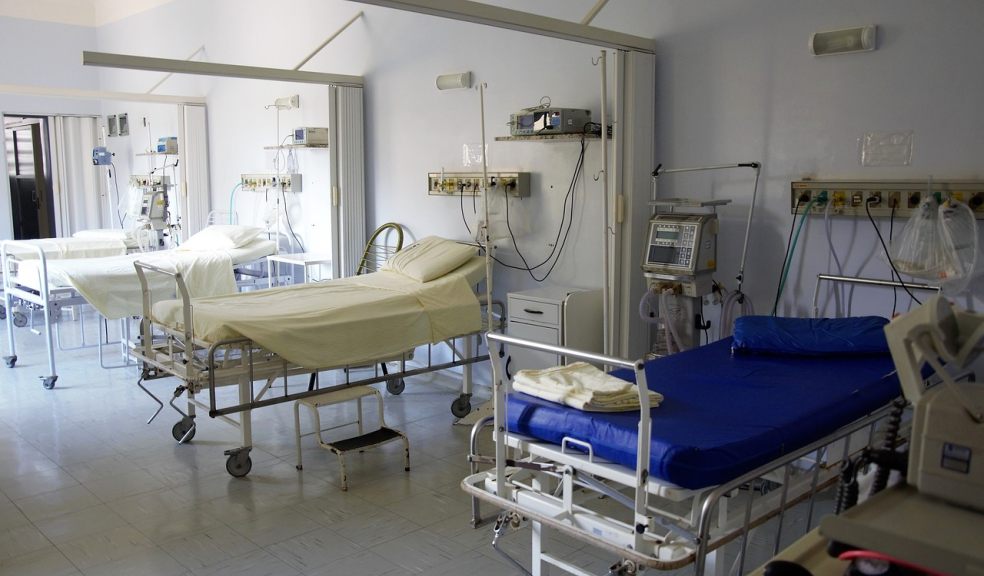
What is Prostate Cancer and How to Treat it
Prostate cancer is among the ten most common types of cancer in the world.
Approximately one in every eight men gets diagnosed with prostate cancer, so raising awareness and information is vital.
In this article, we want to give all the information on prostate cancer and some ideas on how it can be treated.
DISCLAIMER: The information in this article is for general information purposes only and should not be used as professional medical advice. For personalized recommendations or concerns about prostate cancer, contact a medical professional!
What is Prostate Cancer?
Although prostate cancer is a frequent illness in men, it is often curable when caught early.
The prostate gland, which is located between the penis and the bladder, is where it all starts. Although the exact reason is unknown to experts, the danger rises with age.
Prostate cancer is the most prevalent disease to strike men in the US, second only to skin cancer. According to the American Cancer Society (ACS), there will be around 34,130 prostate cancer-related fatalities and 248,530 new prostate cancer diagnoses in 2021.
The prostate serves several purposes. These include secreting prostate-specific antigen (PSA), a protein that keeps semen in its liquid form, assisting with urinary management, and generating the fluid that supports and moves sperm.
Symptoms of Prostate Cancer
In its early stages, prostate cancer may show no symptoms at all.
More advanced prostate cancer can present with symptoms and indicators like:
- Urinary difficulties
- Reduced force in the pee stream
- Urine with blood
- Semen with blood
- bone ache
- Getting in shape without making an effort
- Impotence
Advanced Signs and Symptoms
Advanced prostate cancer patients may potentially not exhibit any symptoms. The cancer's size and the extent of its spread throughout the body will determine any possible symptoms.
Advanced prostate cancer symptoms might also include the following in addition to the ones listed above:
- bone ache
- fatigue and unexpected weight loss
Causes of Prostate Cancer
Age, family history, and race are the key risk variables that have been scientifically proven.
More severe incidences of prostate cancer appear to be connected with additional risks such as smoking, obesity, and maybe highly high calcium consumption; however, several of these factors are also linked to numerous other health issues.
A person with systemic health problems may not recover as well from any sickness.
Additional potential causes
Other variables that may affect the risk of prostate cancer include the following however, further study is needed to validate their involvement: obesity, smoking, and alcohol intake
Prostate inflammation caused by chemical exposure, such as herbicide Agent Orange; sexually transmitted diseases
DISCLAIMER: The information in this article is for general information purposes only and should not be used as professional medical advice. For personalized recommendations or concerns about prostate cancer, contact a medical professional!
How to Avoid Prostate Cancer
Here are some things you can do to avoid prostate cancer:
- Maintaining a healthy lifestyle can reduce the risk of prostate cancer.
- Regular exercise, such as brisk walking or jogging, helps to maintain a healthy weight and reduces inflammation.
- Consuming a balanced diet rich in fruits, vegetables, and whole grains while limiting the intake of red and processed meats can lower the risk.
- Quitting smoking and moderating alcohol consumption are also beneficial.
- Regular screenings and discussions with healthcare providers about family history and risk factors enable early detection and timely intervention.
Additionally, managing stress levels and prioritizing mental well-being contribute to overall health and cancer prevention.
For more serious prostate cancer treatments in India, check out this link: https://doctor.global/ to find out more information.
Stages of Prostate Cancer
Early Stage I and Stage II: The prostate has not been affected by the tumor's spread.
Locally Advanced Stage III: Only adjacent tissues have been affected by the cancer's spread outside the prostate.
Advanced Stage IV: The cancer has progressed to other areas of the body, such as the liver, lungs, lymph nodes, or bones, in addition to the prostate.
Overview of Stage IV Prostate Cancer
Stage 4 prostate cancer is defined as prostate cancer that has spread to other parts of the body.
Prostate cancer is usually identified when it just affects the prostate. Sometimes prostate cancer has no symptoms at all, and it is not detected until it has spread.
Treatment may be able to slow down or shrink prostate cancer in stage 4. However, most prostate tumors that reach stage 4 are incurable. Certain medications, however, can decrease the symptoms of cancer and extend life.
Prostate cancer that has spread to other parts of the body is referred to as metastatic cancer.
Conclusion
Prostate cancer affects many men globally, emphasizing the importance of awareness and prevention.
While its exact causes are uncertain, adopting a healthy lifestyle—exercising regularly, eating well, and avoiding smoking and excess alcohol—can lower risk.
Regular screenings and discussions with doctors are vital for early detection and treatment.
By taking these steps, individuals can improve their chances of better outcomes and a higher quality of life.
Remember, seeking personalized advice from medical professionals is critical. Let's stay proactive about our health and well-being!



















